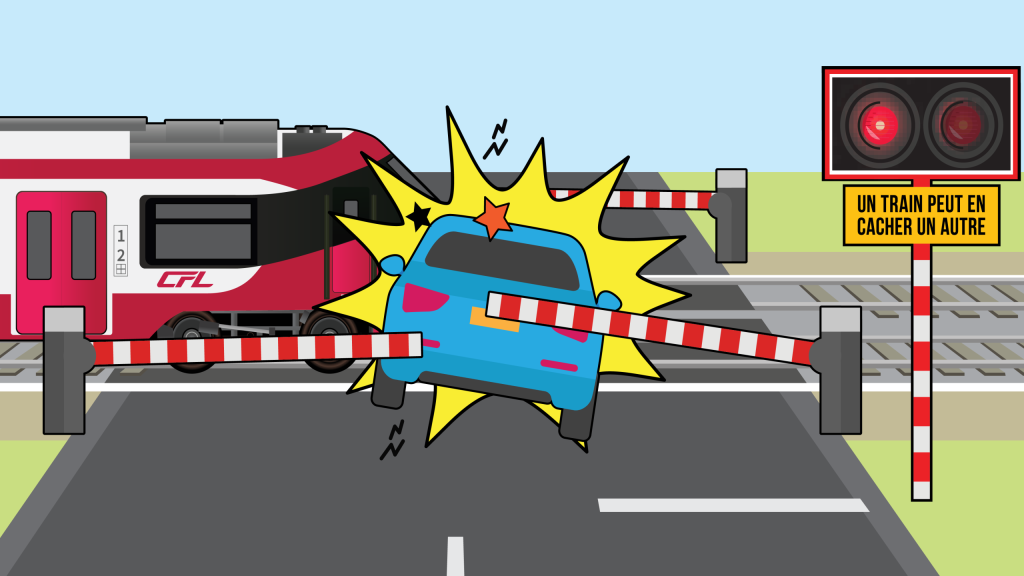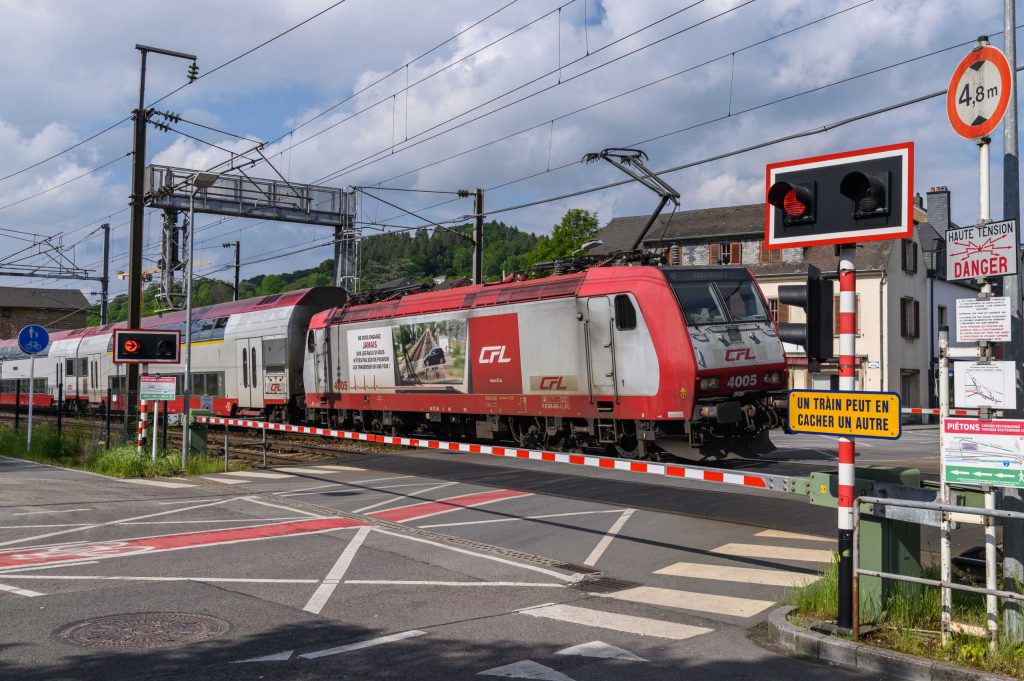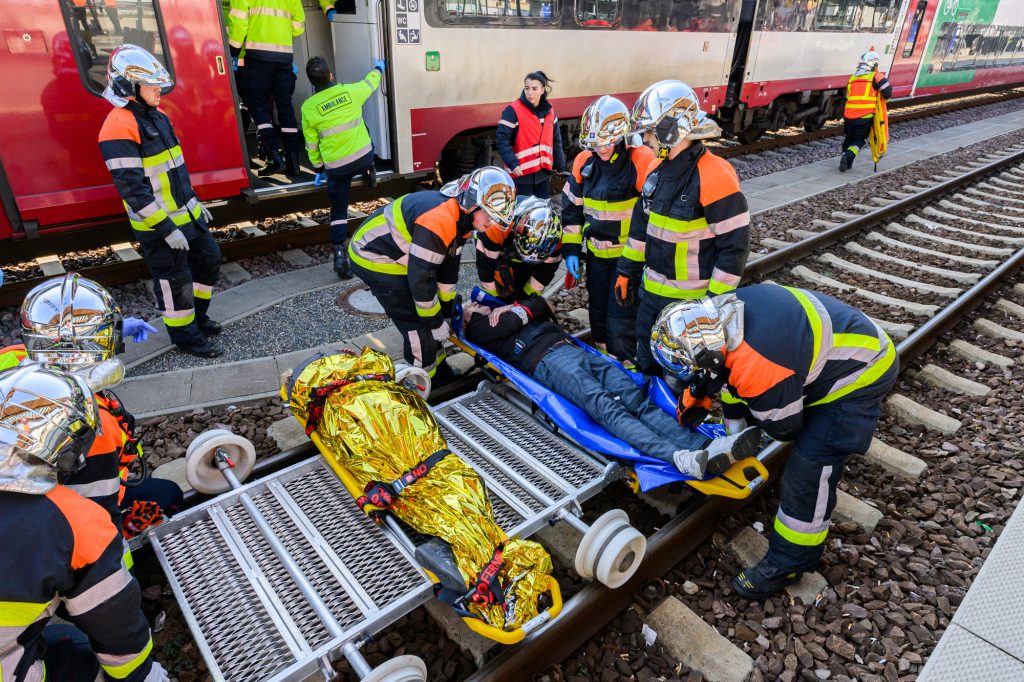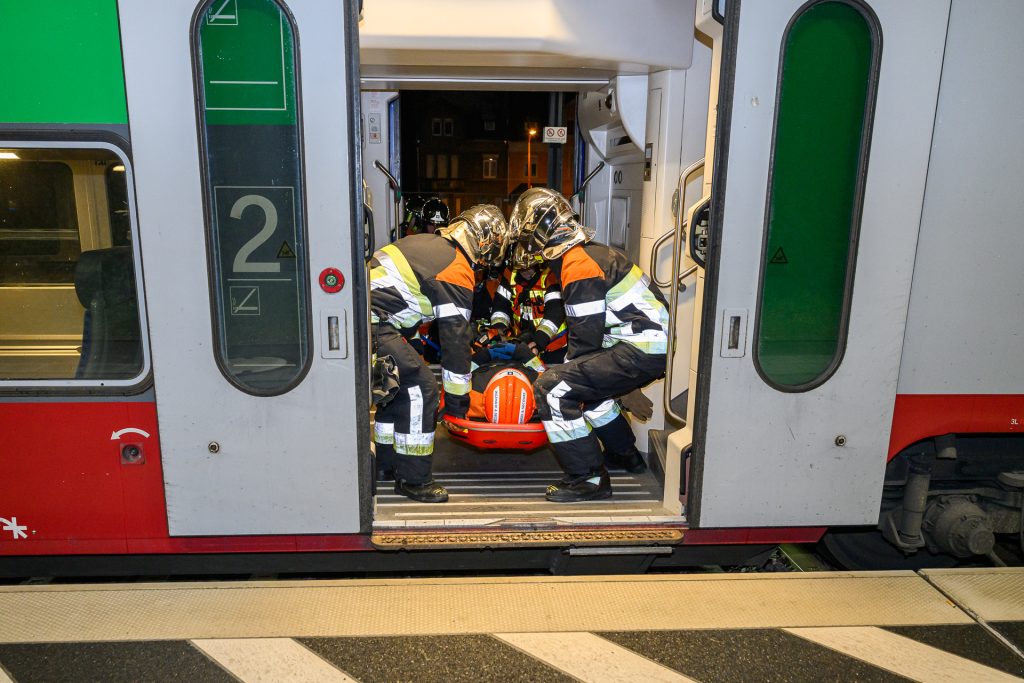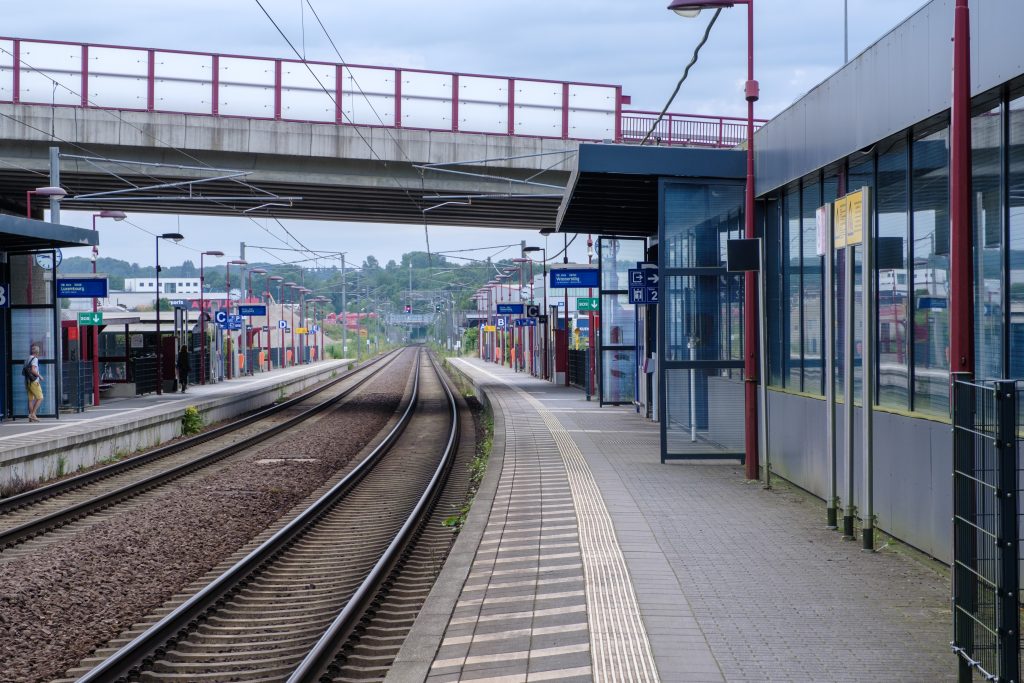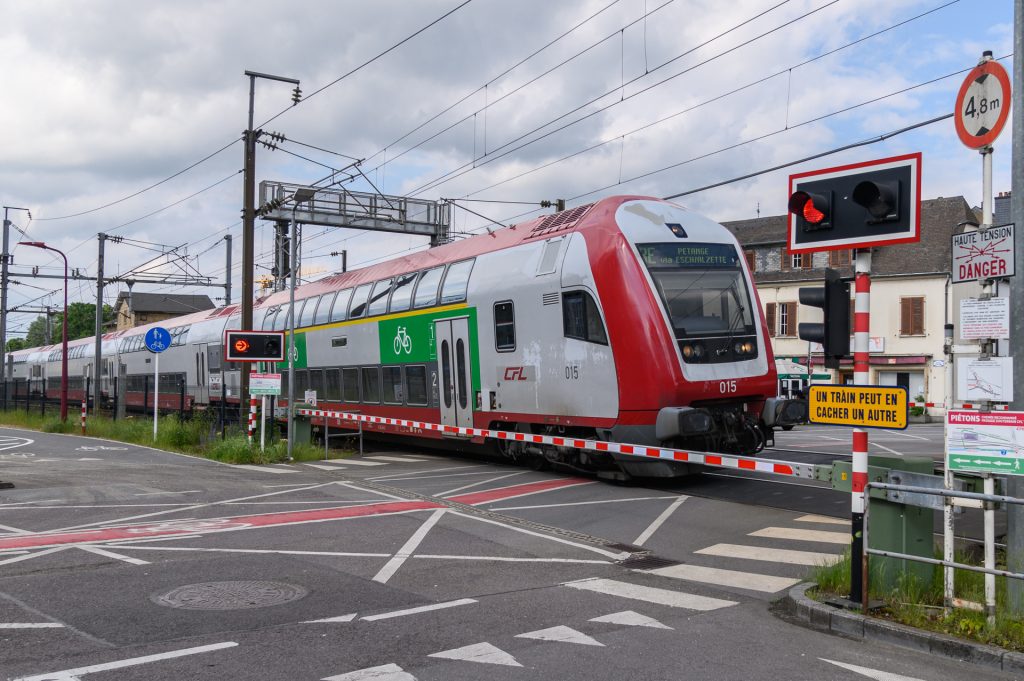
Safe behaviour at level crossings – an important topic
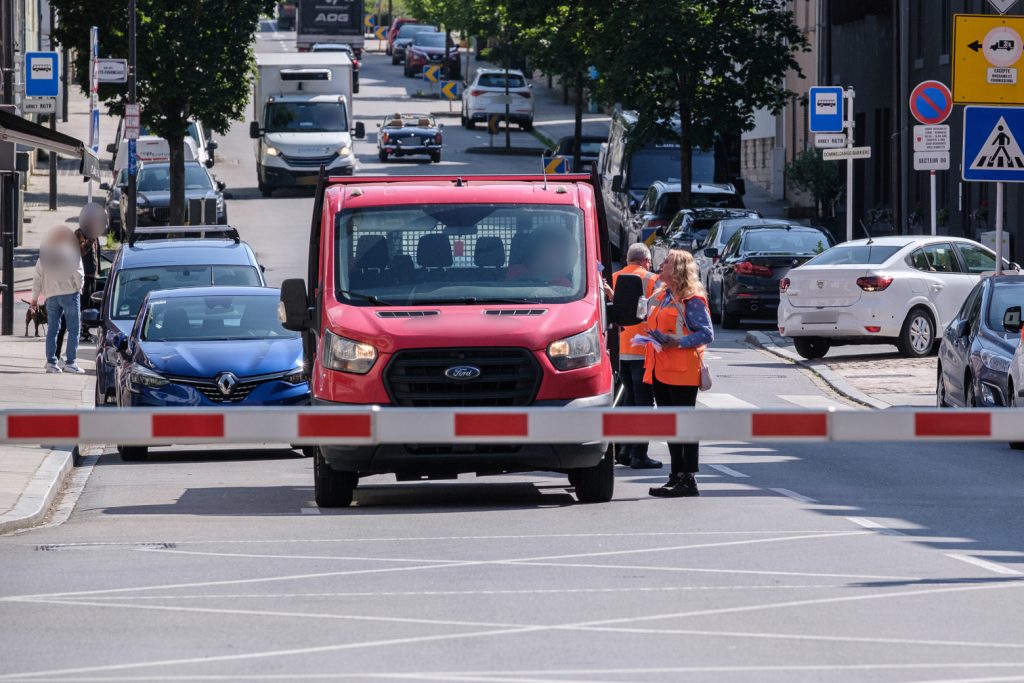
On 6 June 2024, the CFL took part in the 16th edition of ILCAD (International Level Crossing Awarness Day), a day entirely dedicated to raising awareness among road users and the general public of the potential dangers near the tracks and level crossings in particular.
Together with the police, the CFL were present at the railway crossing in Dommeldange (PN13) to carry out a joint awareness-raising campaign.
We spoke to Doris Horvath, head of the Safety and Environment Department, about this important issue.
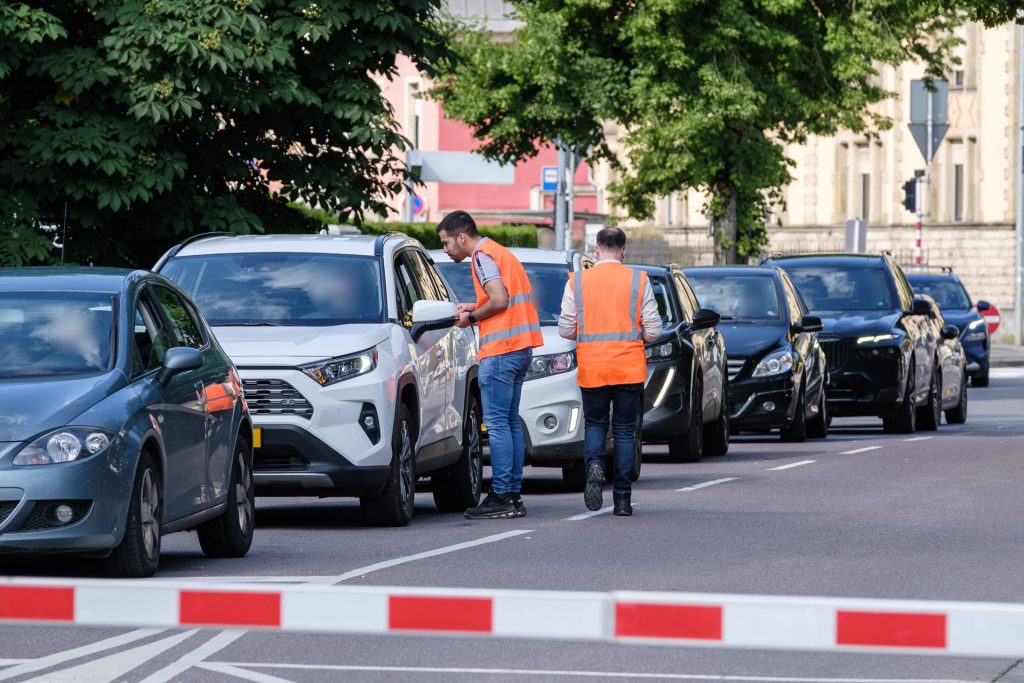
Mrs Horvath, the CFL are taking part in the ILCAD conference for the 16th time. Why is this exercise still necessary after 15 previous events?
The railway is known as one of the safest means of transport. According to statistics at European level, only 1% of fatal road accidents occur at level crossings. However, 28% of rail fatalities are caused by risky behaviour at level crossings. This is due to the fact that many people still underestimate the potential dangers near railway tracks, especially when road traffic regulations are not observed.
Quote: ‘Between 2015 and 2024, four people lost their lives at a level crossing.’
Between 2015 and 2024, four people in Luxembourg lost their lives in an accident at level crossings. During the same period, there were 13 accidents between trains and cars/lorries/agricultural machinery (all of which could have been fatal). These figures show us that the issue is still very much relevant and that it is essential to continue to raise awareness.
So how can it be explained that in many cases people continue to cross a closed level crossing, a danger that everyone should recognise?
In our society, more and more people believe that every second counts. Everyone is under stress and time pressure. It seems that keeping a railway crossing closed is perceived as a waste of time. Added to this is inattention, which is often also due to tiredness or the habit of doing the same thing day in, day out. Routine, which can lead to carelessness for some.
So are people often unaware of the danger they are putting themselves in?
Many people underestimate the speed of a train and overestimate its braking power. Although systems are becoming increasingly modern, the braking distance of a train can be up to 1,200 metres – the length of 12 football pitches.
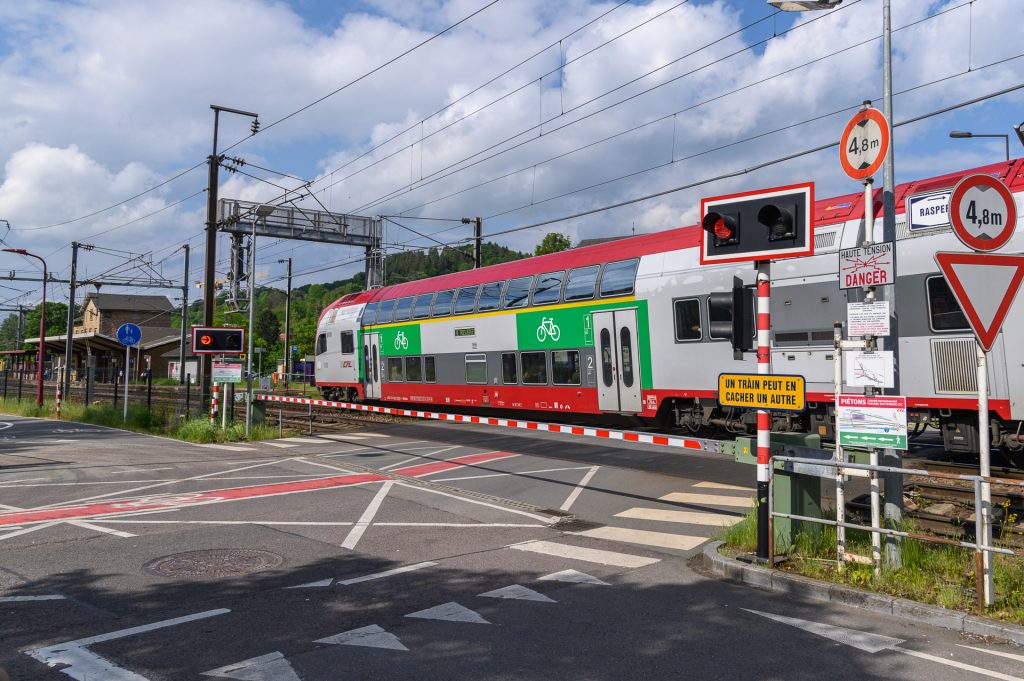
Many people justify their risky behaviour by saying that they know the train timetable or with the false certainty that they can hear the arrival of a train. However, both beliefs are wrong! The timetable displayed in the CFL mobile app, for example, only takes passenger trains into account and completely ignores goods trains or other machines, such as construction machinery, which also run on the rail network. Train technology is also evolving. They are becoming quieter and quieter in order to avoid noise pollution. Despite all attempts at explanation, any crossing of the tracks – which is a violation of the Highway Code – poses a fatal risk, specifically the collision of a train with a vehicle with all the associated consequences, both for the driver of the vehicle and for the passengers on board the train as well as the CFL staff.
What other consequences are associated with crossing a closing or already closed level crossing?
Even if the worst drama can be avoided, every incident at a barrier has a significant impact on train traffic.
For example, a collision between a car and a barrier arm, which regularly occurs due to road traffic offences, leads to a whole series of disruptions. The damaged level crossing must be monitored, i.e. road traffic over the damaged level crossing must be regulated by CFL personnel on site, train operations are interrupted until our personnel arrive on site, train traffic is severely disrupted as the barriers no longer function automatically. For passengers, such situations lead to delays, cancellations and frustration. Added to this is the stress for the drivers, both in the car and on the train, both of whom have almost experienced a dramatic situation.


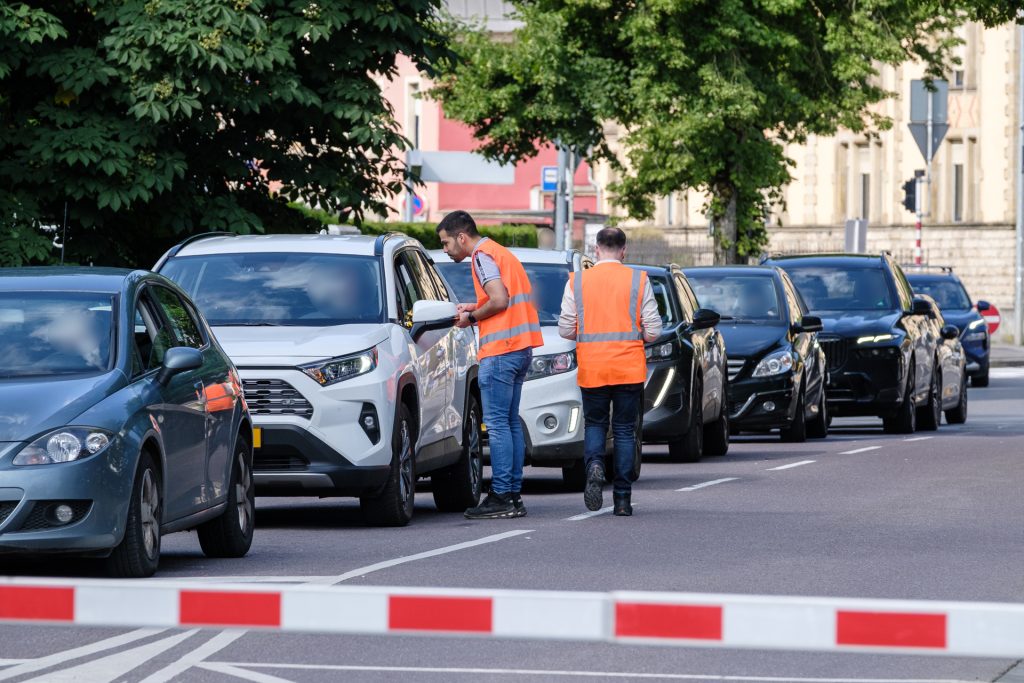
What are the CFL doing to further their awareness-raising efforts?
As already mentioned, awareness-raising plays an important role in continuing to work towards the safety of everyone at level crossings. In addition to the ILCAD, the CFL are also always present in the school environment. Throughout the year, the Service Sécurité, Sûreté et Environnement (Safety, Security and Environment Team) offers schools and secondary schools various support measures and services. An educational book called ‘Léiwi a Fräschi’ has been developed for the very young. This book teaches schoolchildren the most important safety rules in a playful way. To raise awareness among older pupils and young people, we offer the ‘10 steps to rail cool’ programme to teachers at the various secondary schools.
In addition to these awareness-raising efforts, we at the CFL are continuing the programme to eliminate level crossings. After all, the safest level crossing is the one that has been removed. On average, the CFL removes 1 to 2 level crossings per year.
If you could give a piece of advice, what would it be?
Observe the road traffic regulations at level crossings. Stop as soon as the red lights start flashing. Your life depends on it!
